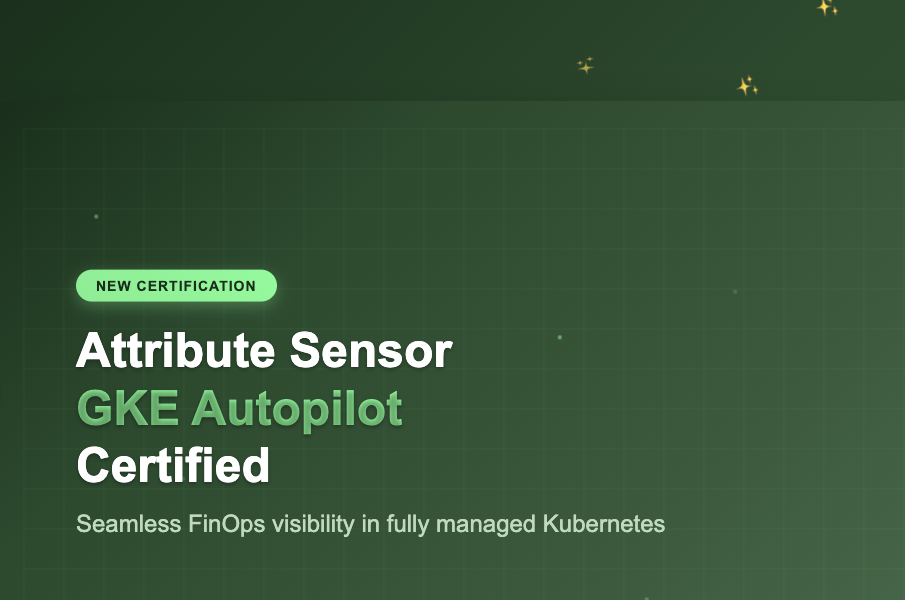A few months ago, I joined Attribute’s product team. Since then, it’s been hard to imagine my life before falling head over heels for the art of uncovering business outcomes from cloud costs.
But for the sake of this article—and you, dear reader—I dusted off the memory files to revisit the days when I desperately needed what Attribute offers today. Let me take you through a few key scenarios from my previous roles.
The R&D Conundrum: Feature Requests and Blind Spots
A few years ago, I was a Technical Product Manager working with an R&D team. My job was to handle customer feature requests and usher them into the development pipeline.
The decision-making process? Pretty straightforward—or so it seemed. Our Product Manager would prioritize requests based on the holy grail of business metrics: ARR (Annual Recurring Revenue).
While ARR is undoubtedly crucial, it only tells one side of the story—what we gain from the customer. What it doesn’t reveal is equally important: what the customer costs us, especially in cloud-heavy, multi-tenant environments like ours.
At the time, we had no accurate way to measure this. Prioritizing feature requests often felt like navigating a maze blindfolded. How much R&D effort was justified? Which large client’s request should come first? Without visibility into cloud costs at the customer level, these decisions were always incomplete.
Attribute could have provided detailed customer cost data to complete the puzzle.
The “Happily Ever After” for Features: Or is It?
Fast forward a couple of years, and I was a Backend Developer and Squad Leader. Here’s a scene that might sound familiar:
I’d write code for a shiny new feature, test it locally, send it to QA, move it to product acceptance testing, and finally roll it out step-by-step. Cue the celebrations: 🎉 A new feature was live!
But here’s the twist—before sending features off to their “happily ever after,” there’s one major question we often forgot to ask: How much does it cost?
Sure, predicting costs during testing is tough (you can’t always foresee how customers will use the feature). But shouldn’t we at least monitor the feature’s cost post-launch? In modern shared-resource environments, that’s practically impossible without a tool like Attribute.
Thanks to our advanced technology, Attribute can identify the new feature’s cloud expenses automatically.
The API Call Epidemic: Where Every Call Counts
Let’s talk about API calls—those tiny unsung heroes (or villains?) of modern systems. They were everywhere in my previous role in the AdTech industry, quietly driving our operations.
Back then, API calls were a cornerstone of our operations. We used them to upload client campaigns to advertising platforms like Meta, Google, and TikTok, and to pull data from advertisers, MMPs, and other sources. These calls—and the storage of their results—cost money.
But here’s the kicker: we never knew exactly how much each API call cost us. With Attribute, I could have pinpointed the cost of every single API call and even identified the top culprits per workload or feature.
If Only I Had Attribute Back Then…
Looking back, I see how much more informed and impactful my decisions could have been with Attribute. Whether it was prioritizing feature requests, managing costs for new features, or reigning in runaway API calls, Attribute could have been a game-changer at every critical junction.
Now, as part of the team that builds this tool, I’m thrilled to help others avoid the challenges I faced. Because knowing the true cost of cloud usage isn’t just good for business—it’s empowering for anyone in product, engineering, or operations.






